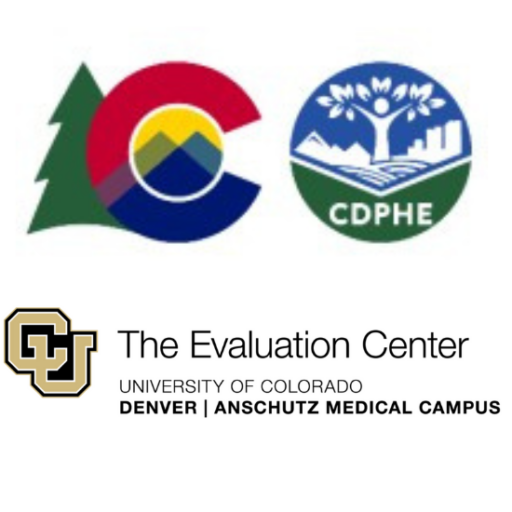Welcome to the Cannabis Prevention Toolkit!
Click the arrow ( ![]() ) symbol next to each section to expand and learn more about the Cannabis Prevention Education Toolkit.
) symbol next to each section to expand and learn more about the Cannabis Prevention Education Toolkit.
What is the Cannabis Prevention Toolkit?
This toolkit is a series of processes, strategies, examples, and tools that can be used in whole or in part for prevention work in your community.
Why use this toolkit?
This toolkit can help guide a community through the general steps of carrying out a prevention effort. It can help to assess community resources and engage communities collaboratively in preparing to choose and deliver prevention materials.
Where did this toolkit come from?
This toolkit was developed based on practice. The resources shared here were developed and tested for the Cannabis Prevention Education Project (“Cannabis Project”) in four rural communities in Colorado. While parts of these resources may transfer readily to other communities, it’s important to remember the context and audience for whom they were developed. Adjustments will likely be needed for using these resources in a specific community. More information about the project that created these resources can be found in the Project Background section.
Additional external resources are also included that offer further information about core concepts or frameworks used in prevention work.

“Many adults and parents are apprehensive of addressing substance use and exposure, but opening up the door to conversations builds relationships, resiliency, and effective prevention.”
“This toolkit provides the structure for any community to address prevention work specific to their needs.”
Who is this toolkit for?
This toolkit is for community members working in or preparing for prevention programming, like leaders in coalitions, nonprofits, schools, and foundations.

Are you new to prevention? Welcome! This Prevention 101 resource, developed by Advance Behavioral Health Prevention California, provides background on common terms, concepts, and practices in the field. For a video-based resource, try Rocky Mountain Public Health Training Center’s course.
How to use this Toolkit
This toolkit is designed to walk users through the process we used in developing and implementing our Cannabis Project. From gathering a project team to carrying out the intervention, our toolkit is intended to center community voices at every step of prevention efforts to ensure an inclusive and effective prevention program. Each step of the process has its own page of the website. You can navigate to a specific page by using the menu at left or clicking on the name of the step below. Embedded resources from the project and external resources are shared throughout. Please navigate to the resources that meet your needs in working with your community to address a prevention issue.
There are 3 steps that make up the process outlined in this toolkit:
Bring together a project team, look at available data together, and consult key community voices to deepen collective understanding of the prevention issue before developing a project plan.
Identify community champions and work with them to carry out a needs assessment to learn what the prevention issue looks like on the ground and what community strengths may help to address it. Share back needs assessment data with the community and interpret the data together to guide resource selection and action.
Choose and tailor an intervention (a resource, program, or other strategy) to address the prevention issue based on community input and needs assessment learnings. Pilot the intervention, revise as needed, and evaluate it.
Look for these icons for more information:

From the Field
This sidebar gives a practical example of a step or tool based on the Cannabis Project in rural Colorado.

Community Voice
These quotes were collected from community members during the Cannabis Project.

Additional Resources
These are external resources that provide additional information or tools to support a step shared via link. We chose resources that succinctly cover foundational concepts and highlighted Colorado-based resources where possible.
A Note on Language:
This toolkit uses the term cannabis, but resources and data sources referenced may use the term marijuana. The Evaluation Center (TEC) has shifted its language away from marijuana to cannabis. The term marijuana is rooted in racial, cultural, and anti-immigrant bigotry that further disenfranchises Latinx and indigenous peoples. NPR’s article “The Mysterious History of Marijuana” has more information on this history.
Principles guiding our approach
In making decisions and designing processes, the project team (“we”) centered the following principles:
Community Engagement
We worked collaboratively with individuals and organizations leading prevention work in the project’s rural communities. We listened to community members and developed relationships built on trust that invited a broad group to participate in the needs assessment, interpret its findings with us, and use and share resources developed through the project. We sought to let community voice guide the process.
Equity
The project’s efforts, from community engagement to resource development and dissemination, were designed with intention to include voices, experiences, and needs of marginalized groups and to satisfy the interests and needs of such groups. For example, we worked with a community champion from the Southern Ute Indian Tribe to connect with tribal members for interviews and a focus group to understand community needs and interests, improving the project’s cultural relevancy. Additionally, upon request, an in-person systems change coaching session was offered for community members.
Reflective Practices
Our team met regularly to review the most recent data collected as a group. We took these opportunities to make meaning of the findings together and check in on project strategy, making changes as needed based on the data. These practices took a cyclical, iterative form and helped us to be flexible in the resources developed to support communities’ professional development interests.
